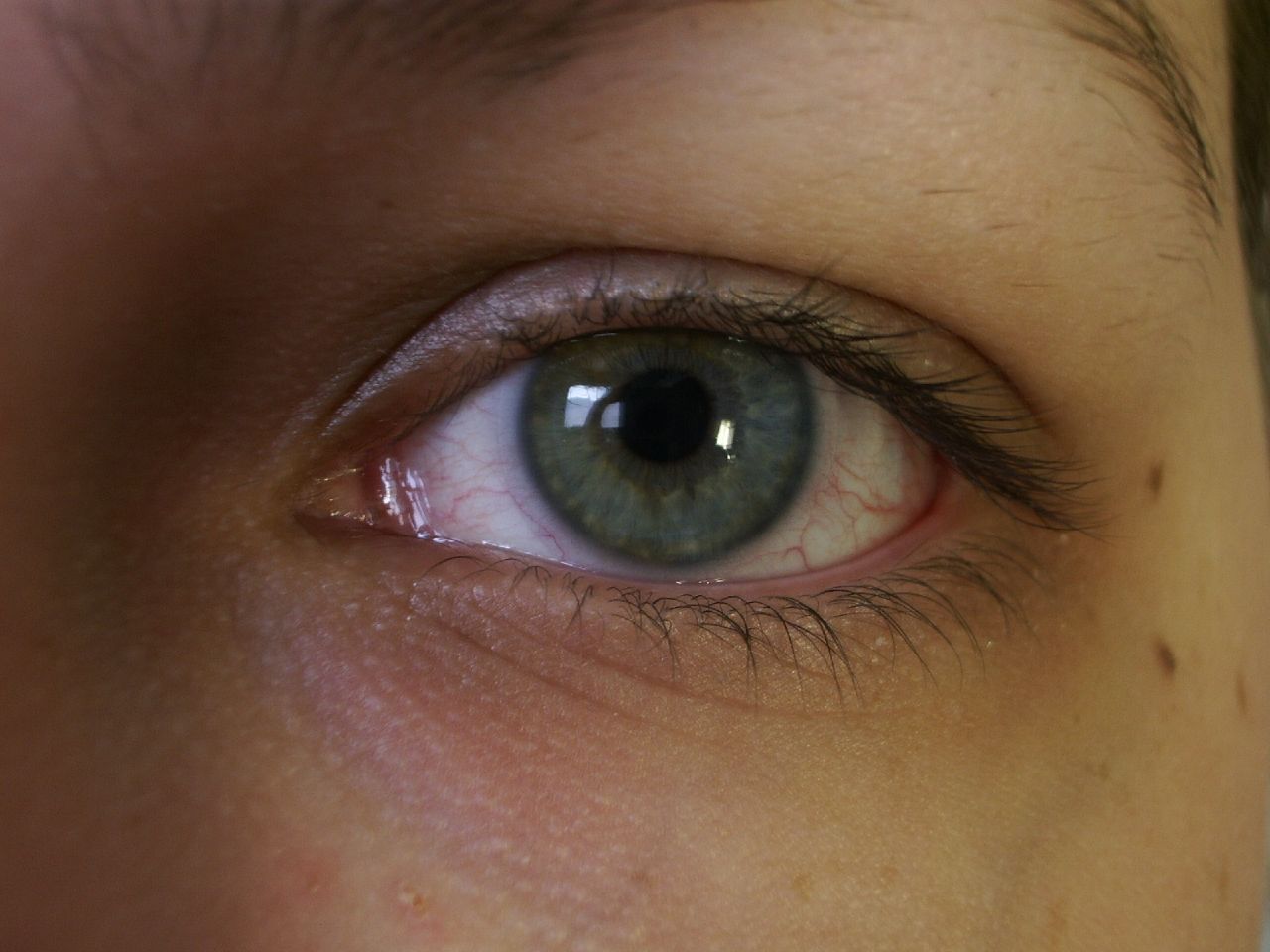Newell C. Kephart was an important figure in the perceptuo-motor school of education and remediation. While education now places less emphasis on perceptuo-motor development, other than in special populations, it is still part of how processing is viewed by psychology and optometry. Occupational therapy and physical therapy have also become involved.

I first read The Slow Learner in the Classroom (1960) over 40 years ago. It is worth revisiting not just for historical perspective but also to help keep us from looking at these problems from a narrow perspective. With an appropriate curriculum and instruction, most students should be successful, but there must be ways to help those children who are not as successful as they should be. As a former colleague, Dr. John Streff, liked to remind us, if we do not understand a child, it is not their fault; it is ours.

Newell Kephart’s definition of the developmental approach to education was: In educating the slow learner, the problem is to determine where, in the course of development, the child has broken down and through teaching and/or therapeutic procedures, restore the course of development. Many speech problems in young children are due to lack of auditory differentiation. Certain reading problems are due to the inability of the child to see the difference between letters or words. Sensory differentiation has not proceeded far enough to meet the demands of these tasks. The acceleration of the curriculum increases the importance of being aware of each child’s development. There needs to be systems to assess their development and have available appropriate interventions including accommodations. While some children may be helped satisfactorily through therapy and tutoring, others will also need the gift of time for their development to catch up.

Despite the increased use of electronics, writing continues to be an important skill. Writing plays an important role in learning to read. Children in the early primary grades do not write as we do; they draw letters. As we know from developmental psychology, movement patterns begin in gross form using extensive muscle systems and, by a process of differentiation, are refined so that they can be produced in smaller size and with less extensive musculature. Adult vision monitors what we are writing. The vision of early writers guides the movement of their pencil which is very demanding of their visual system and of their attentional resources. Manuscript’s disjunctive movements require more visual attention and more motor precision than does cursive. Children do not write until they have developed adequate motor memory which is easier to do with large muscles first, ideally on a chalkboard which provides more feedback through the drag of the chalk on the surface. Matching what we see and feel to develop motor memory is more difficult when we are tense and when writing is small. Due to the staring required, writing often creates more eyestrain for children than does reading.
Children may develop a very tight perceptual control of motor responses. The child visually controls his movement, he does not visually monitor it. Through the entire task, he deals only with an infinitesimal part of the total form which is adjacent to the pencil point as it moves. He does not maintain awareness of the total form. This contributes to children’s writing being irregular and going uphill and down. It also exhausts available working memory making it difficult to spell words correctly and to keep in mind what they are attempting to write. Many children, in tasks involving difficulty or stress, reduce the area of their peripheral vision. Their visual field “tunnels down” so that the only material of which they are aware is that which lies straight ahead of them. In copying, no instant of activity can remain independent but must be integrated with remembered previous activity and anticipated future activity. It is a terrible loss when these stresses causes a child to choose not to write.


We have a tendency to overlook the importance of development when it is taking place on schedule. When the visual functions involved in learning, writing, and reading function as expected, they take place at a subconscious level. Even when they malfunction they tend to go unrecognized. The child with problems has no basis for comparison. They don’t know that the words on the page are not unstable for their classmates. They don’t know that other children can move their eyes from word to word automatically and are not overwhelmed by the crowding on the page. How would they know that reading and copying do not make other children feel sick? Even children with birth defects who see very poorly do not complain about their vision. They have never seen differently. Working with patients who have had head trauma gives us more insight into these problems which are difficult for the doctor to measure and difficult for the patient to explain. The head trauma patient can compare because they know what it was like before their injury. Movement and light did not overwhelm them before their accident. They could read comfortably for extended periods of time and comprehend. They didn’t want to escape. The terms “brain injured” or “minimal brain dysfunction” which were used in 1960 are no longer used for these children but they were apt descriptions in some ways. The same systems appear to be vulnerable as there are similarities in the processing problems of those individuals with learning disabilities, visual problems, sensory integration disorders, autism, and head injuries. Like the autoimmune diseases, these problems do not tend to fit into neat categories.

While we tend to assume that we all see the same when we look at a page or view a scene, on further consideration we know that this is not true. People with specialized expertise see differently than we do. The examples are countless; from the bird watcher to the arborist to the golf coach. These disparities also apply to children who are learning to read. In order to learn satisfactorily by the word analysis method, it is necessary that the child hold together in a pattern all of the elements of the word, that he pay attention to these elements in a serial order but not lose the total pattern. Now our child who is weak in form perception has real difficulty. The fixation reflex thus singles out and presents in an artificially isolated form the most intense source of stimulation in the visual field. Discrete visual contact with the environment is produced. As long as the contacts are random, the body of information is merely an accumulation of isolated experiences. If the contacts can be controlled, the body of information can be organized.
Many authors have promoted single solutions to these problems. Like the statement in Anna Karenina, “All happy families are alike; each unhappy family is unhappy in its own way”, our brains are complex and reading, writing, and mathematics are as difficult to master as are happy families. There are many pieces and each child is a new puzzle. I have a quote by Thomas Aquinas hanging in our office which was given to me by a patient. It reads, “Beware of the person of one book”.

